I always enjoyed the low profile of our non-existent skyline outside of Downtown LA—but now, newly-built towers are rising higher than ever before along Sunset and Hollywood Boulevards.
They may have "paved paradise" to "put up a parking lot"—but now they're building on top of all the parking lots, too.
Nobody's really thought about the shadow they'll be casting—even if they're not replacing historic structures, and are just being built around them.
Legacy businesses are losing their open air.

Take the Fonda Theatre, for example, which currently sits next to a parking lot that's slated to become the Hollywood and Gower Apartment Tower.

circa May 2011 (Screenshot via Google Street View)
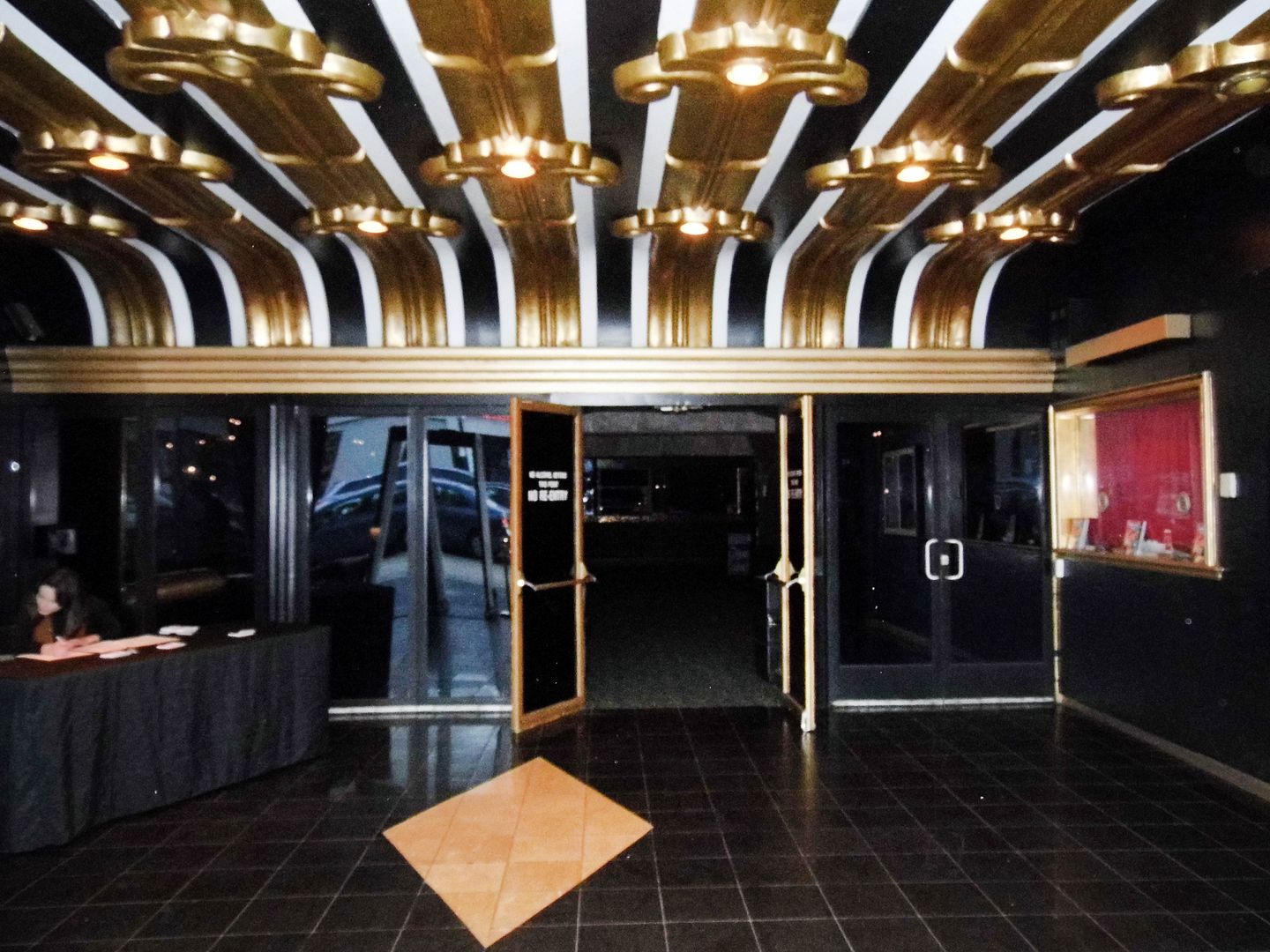
Back then, it operated as a musical comedy theatre with Ziegfeld-style revues with dancing, before becoming one of Hollywood's first legitimate theatres. And even when the outer lobby got its Skouras-style remodel in the 1940s, the theatre didn't have to cower away from the encroaching claws of developers.

Mid-century cladding would cover up the Spanish churrigueresque style facade designed by Morgan, Walls and Clements; and the Music Box would become the Pix in 1959 when Pacific Theatres took over for Fox West Coast.
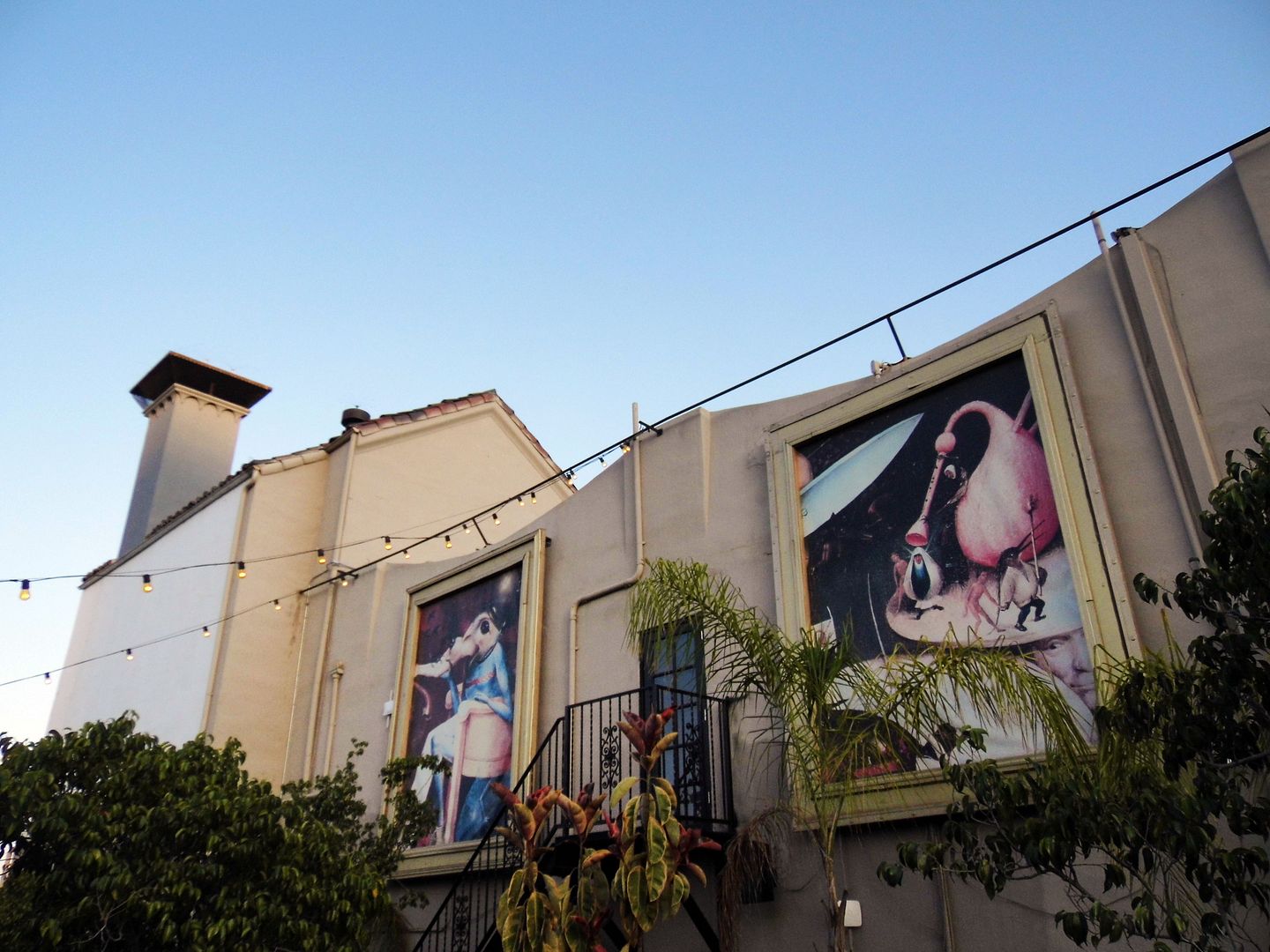
Jaws would premiere at the Pix in 1975, and Rocky in1976—just before shutting down operations from 1977 to 1985, only for Pacific Theatres to convert it back to a legit operation in 1985 and rename it the Henry Fonda Theatre.
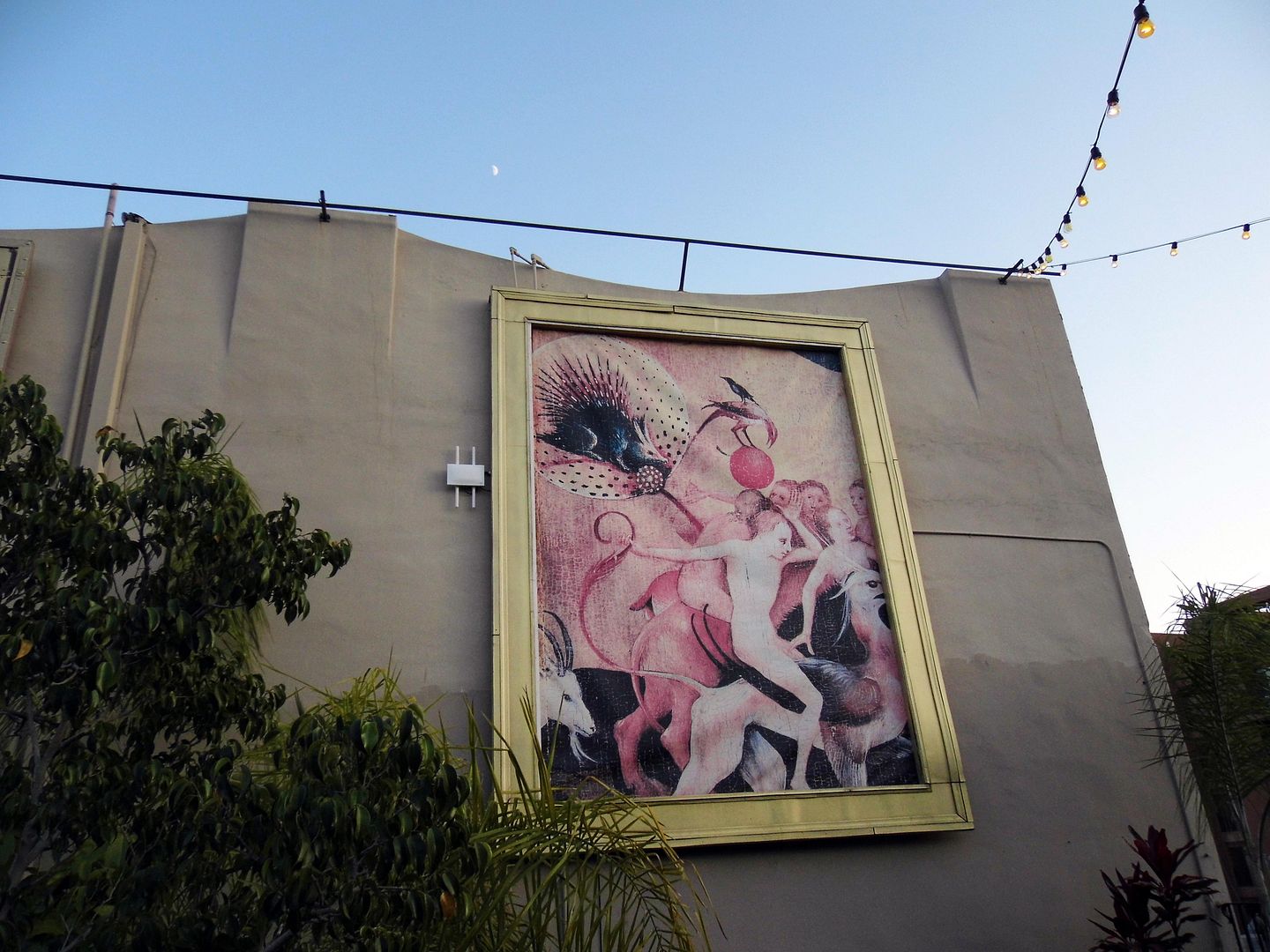
The Fonda/Music Box has always felt bigger than its 31,000 square feet—thanks to its open-air "roof garden," located above the lobby.
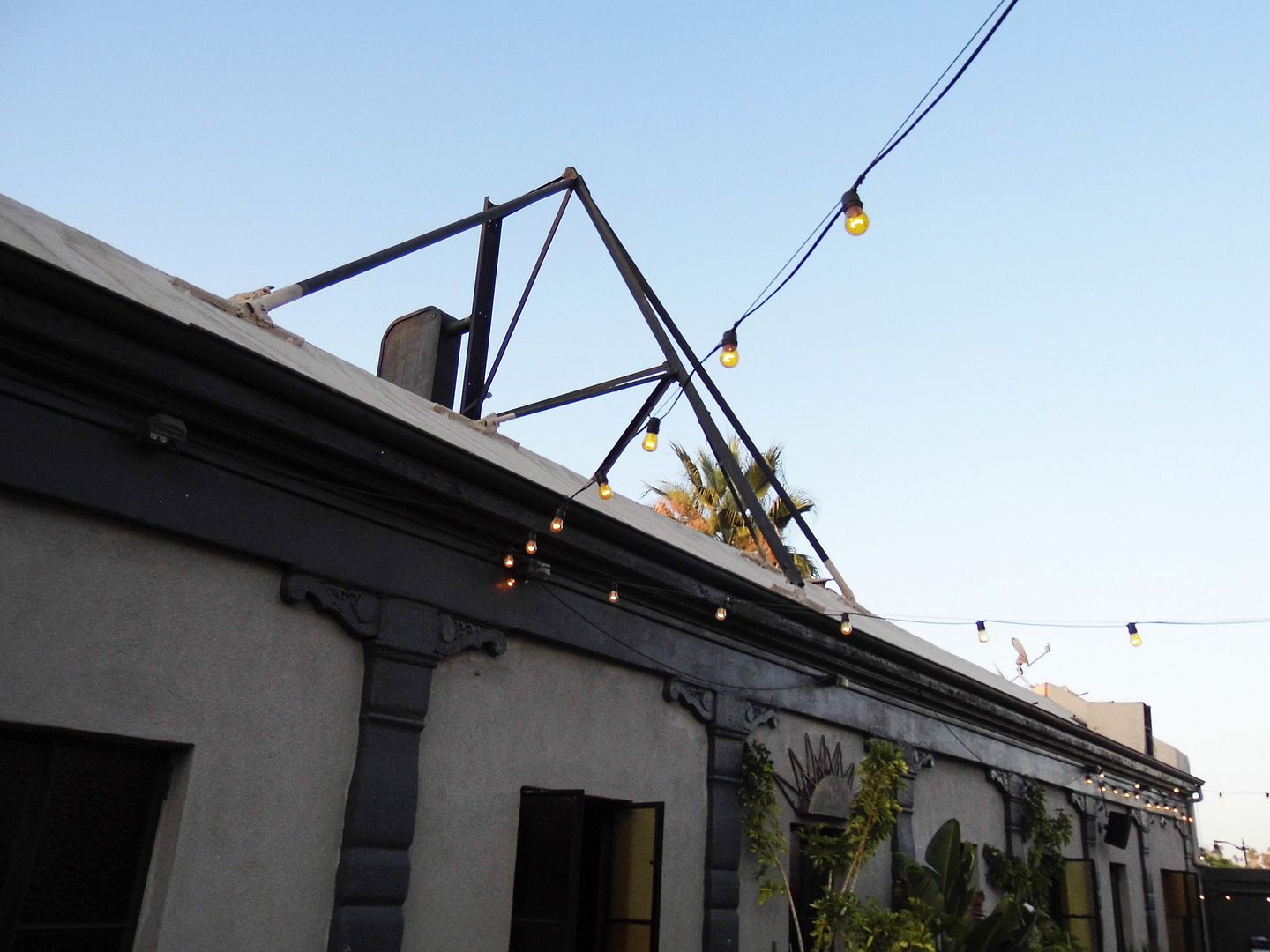
You can see the sky—and practically all of Hollywood Boulevard, looking west—standing up there, outside the colonnade that leads to a rooftop pavilion.

Legend has it that the enclosed rooftop space was used for illicit drinking, speakeasy-style, during Prohibition. Now, it's just a nice respite for all that's happening down below.
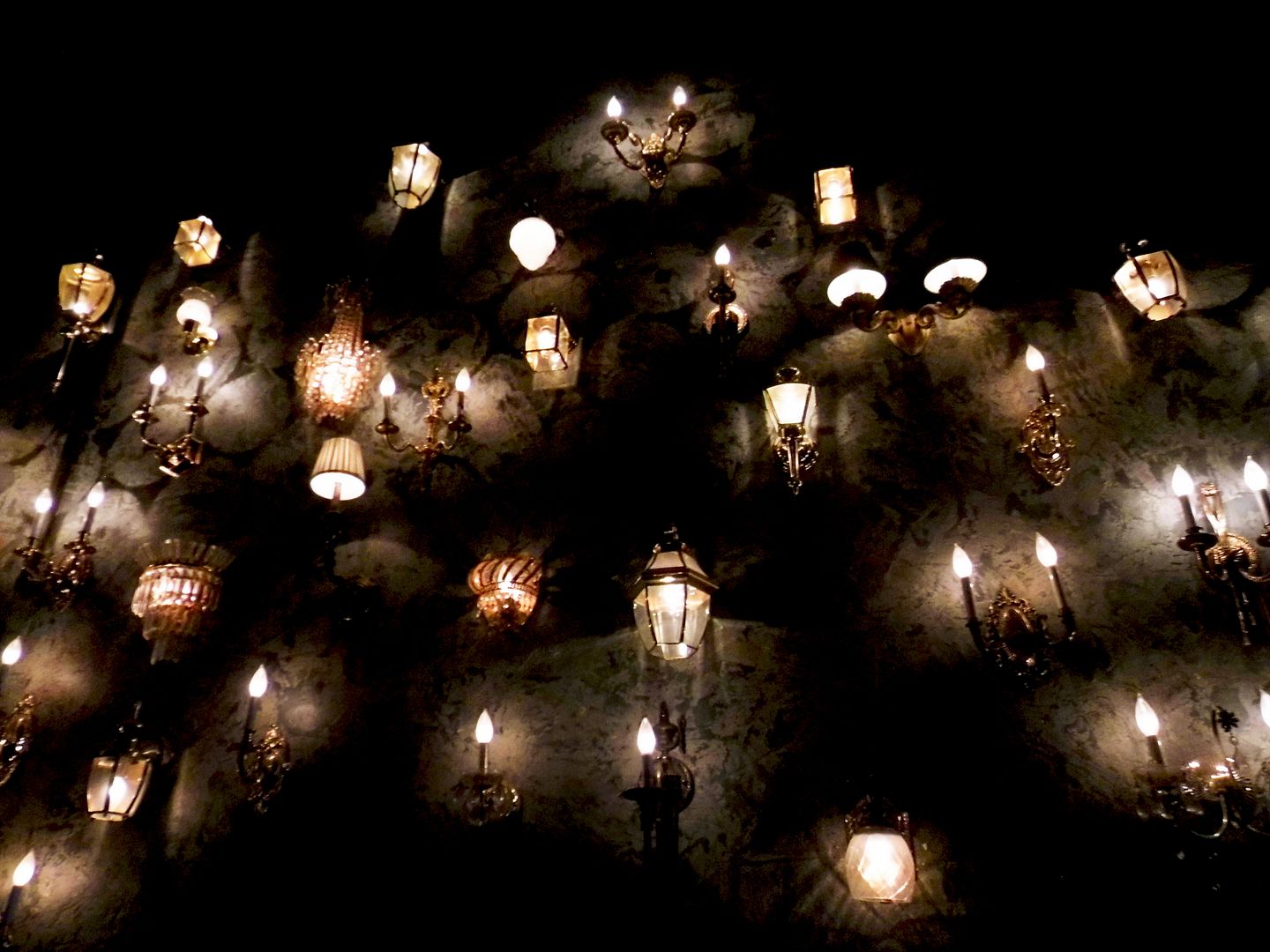
The construction of the apartment tower directly east of the Fonda Theatre won't affect its interiors.
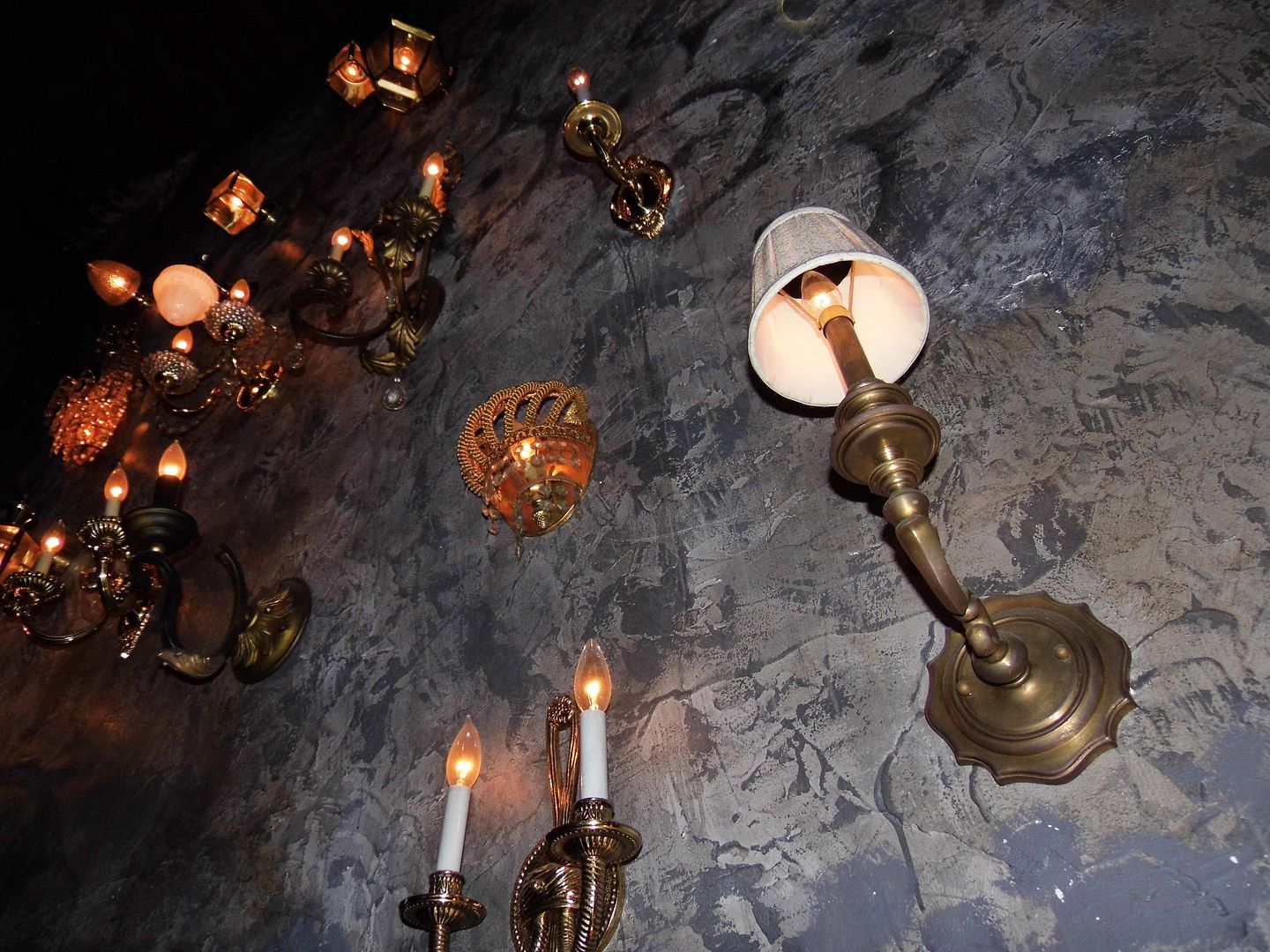
Not the faux vintage of the inner lobby...
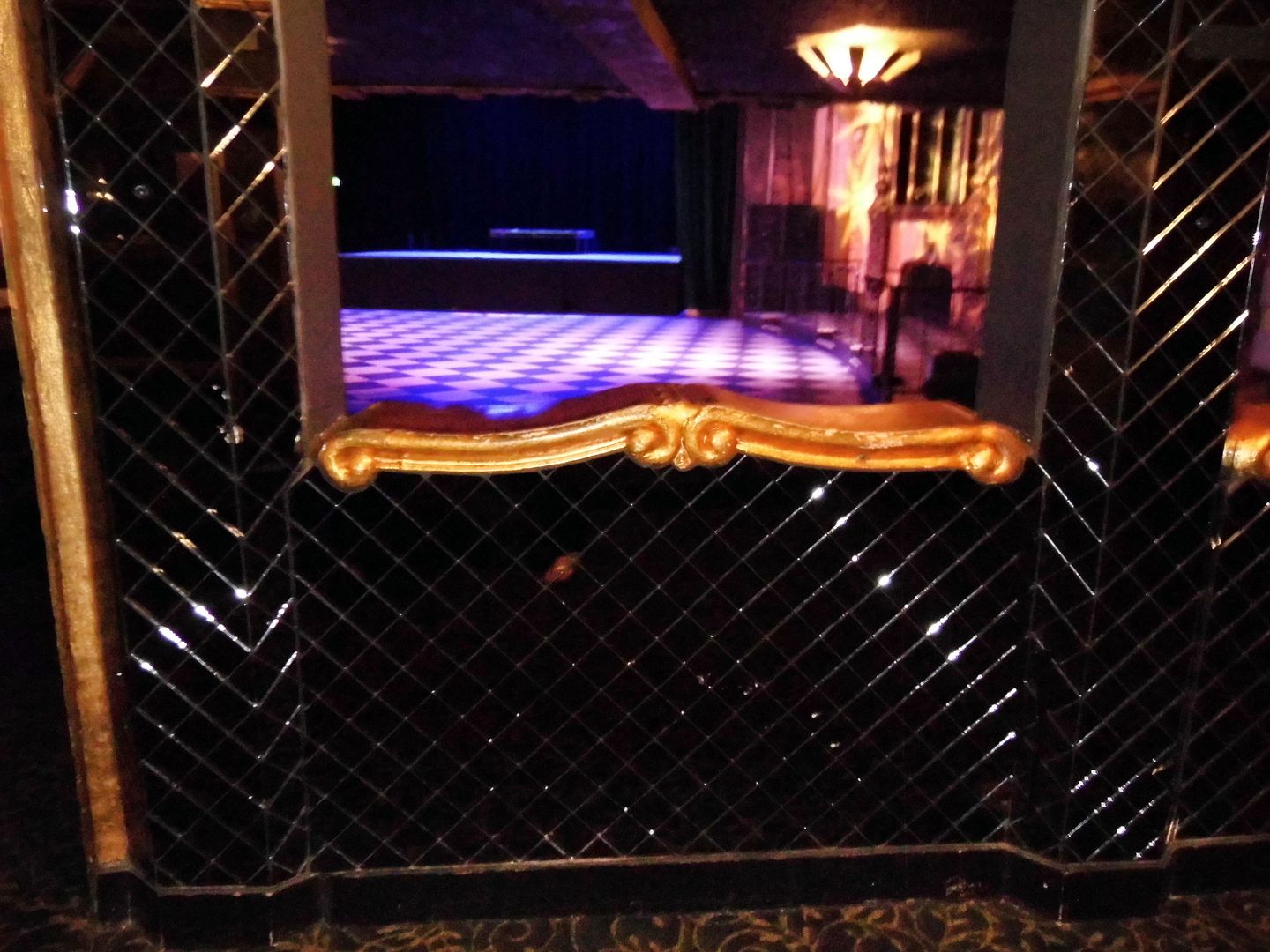
...the semi-original (but cladded) open standee area...
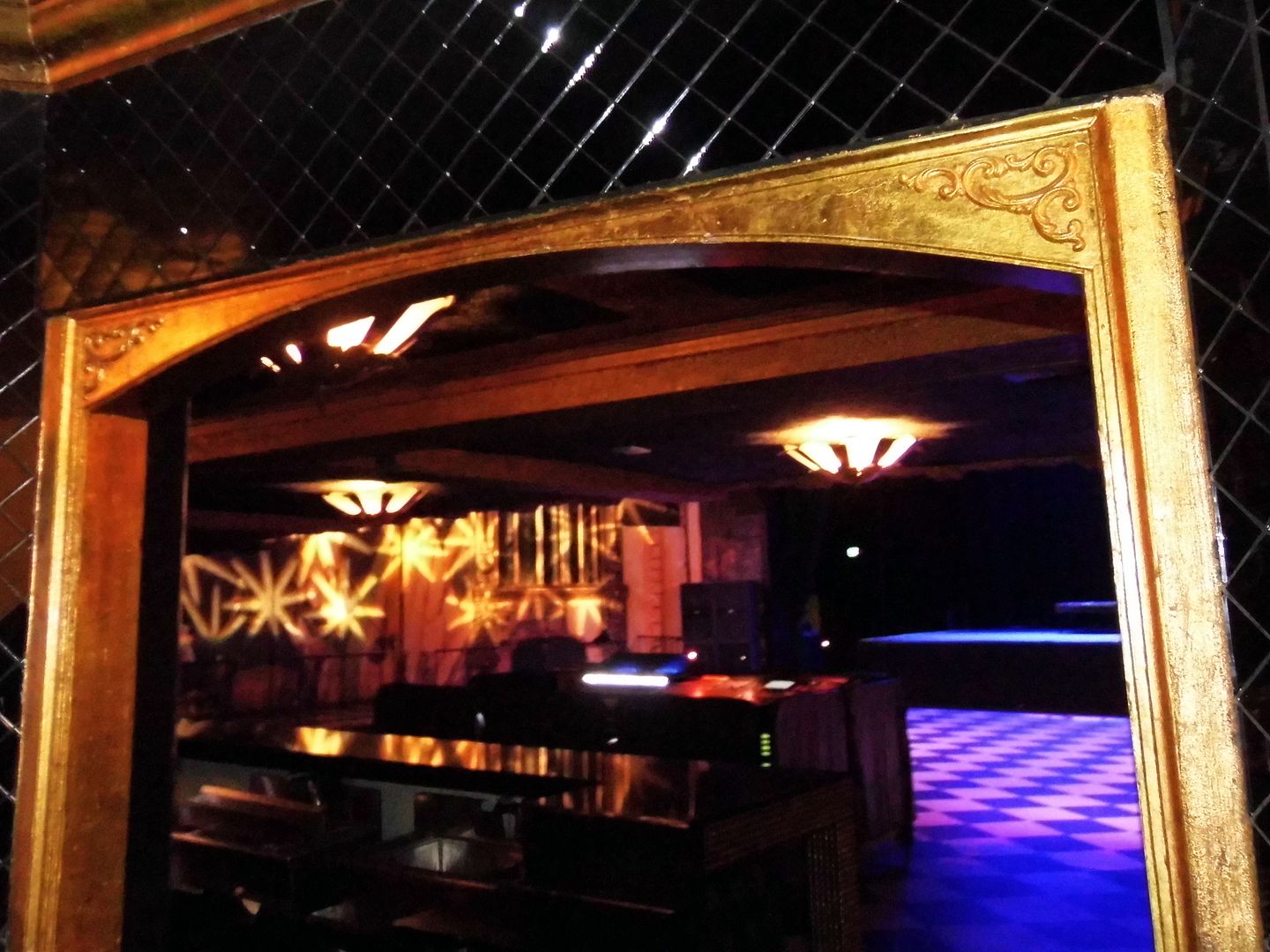
...or the auditorium, whose floor was filled in and flattened when the seats were removed to convert it into a concert venue.

The plasterwork surrounding the proscenium niches may get painted at some point in the future—but they won't be touched by the parking lot development next door.

The former fountain tiles will still cling to the walls...
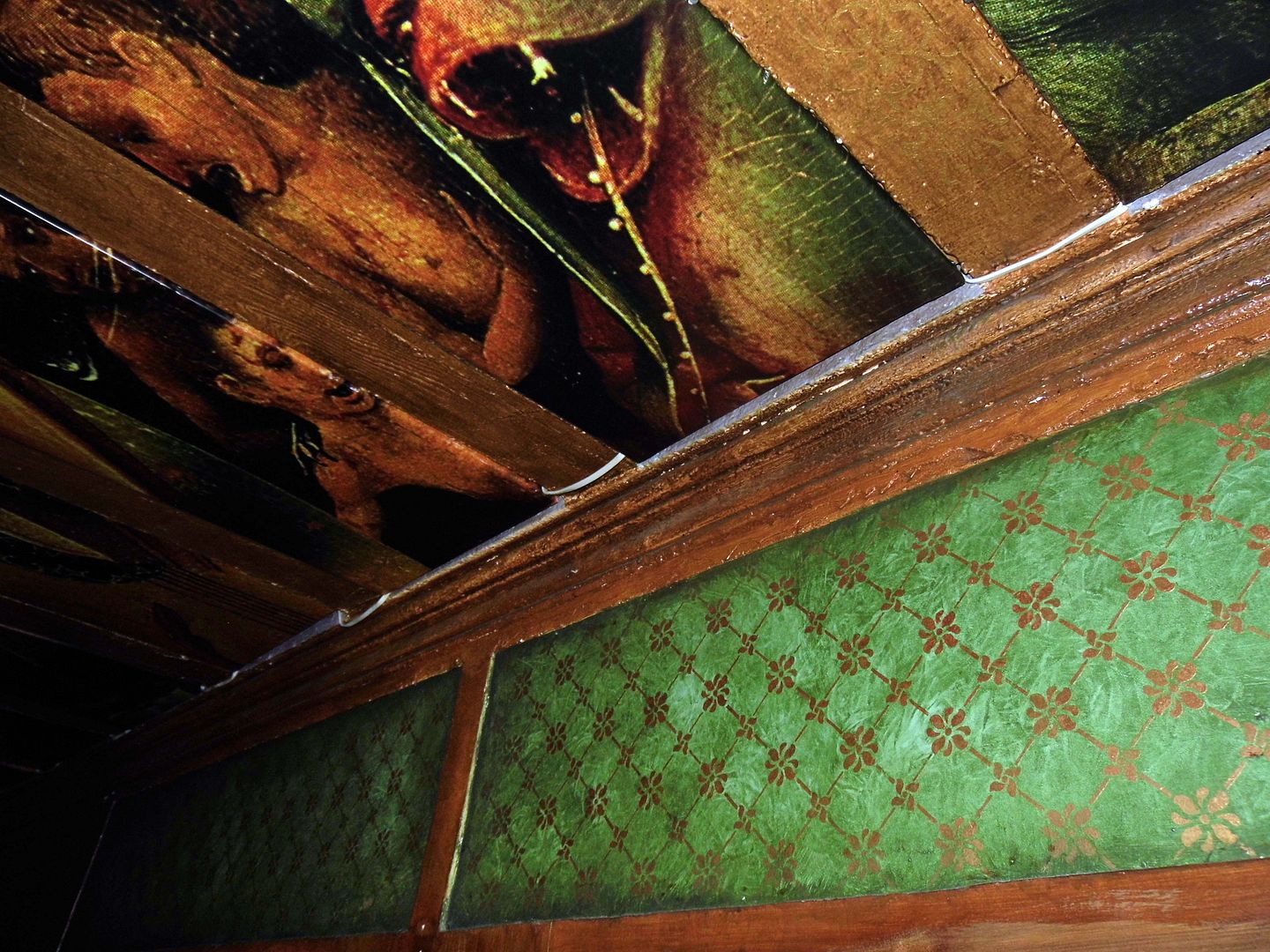
...the gilded stenciling will shine...
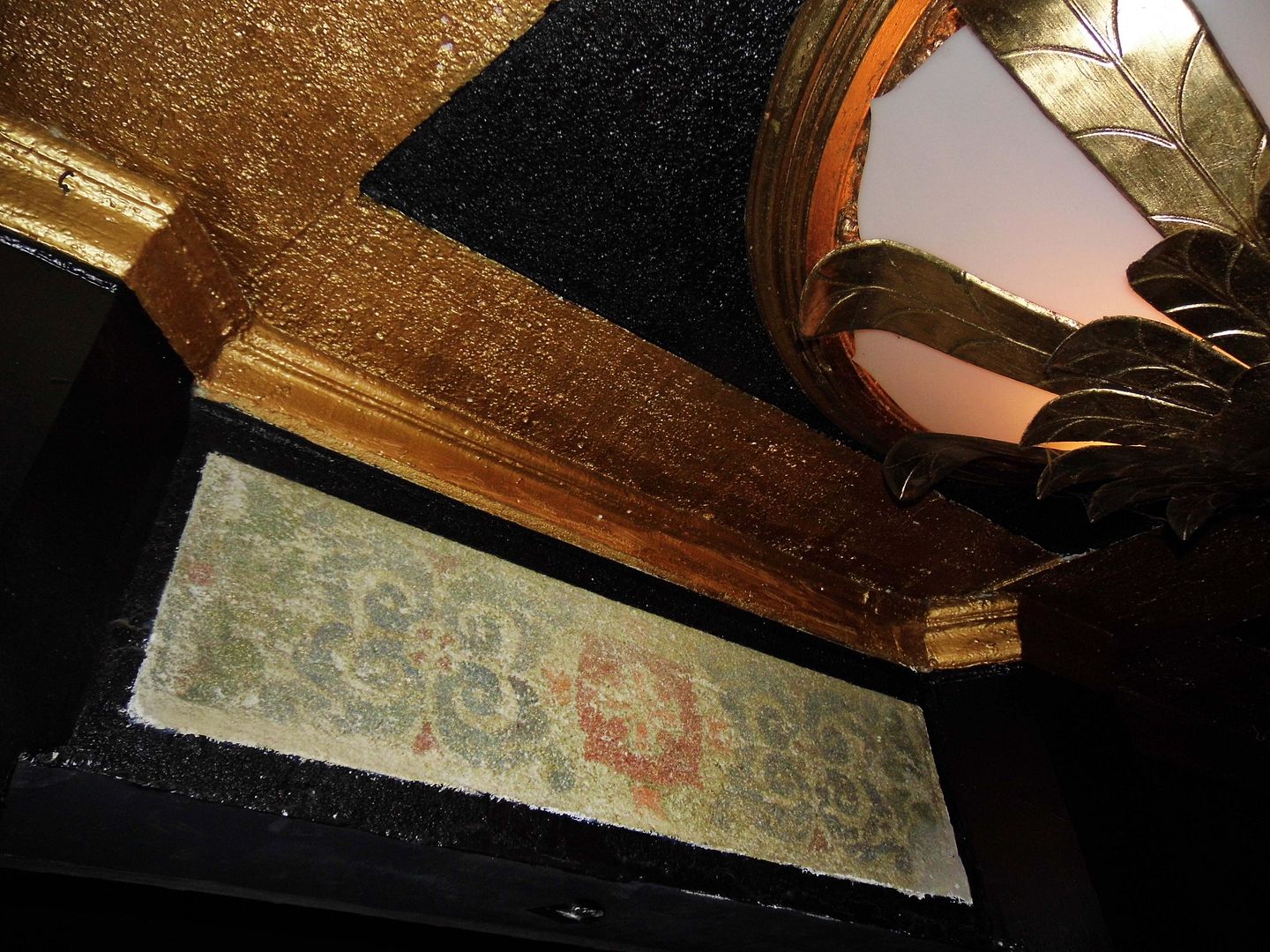
...and the 1940s-era lighting fixtures will hang.
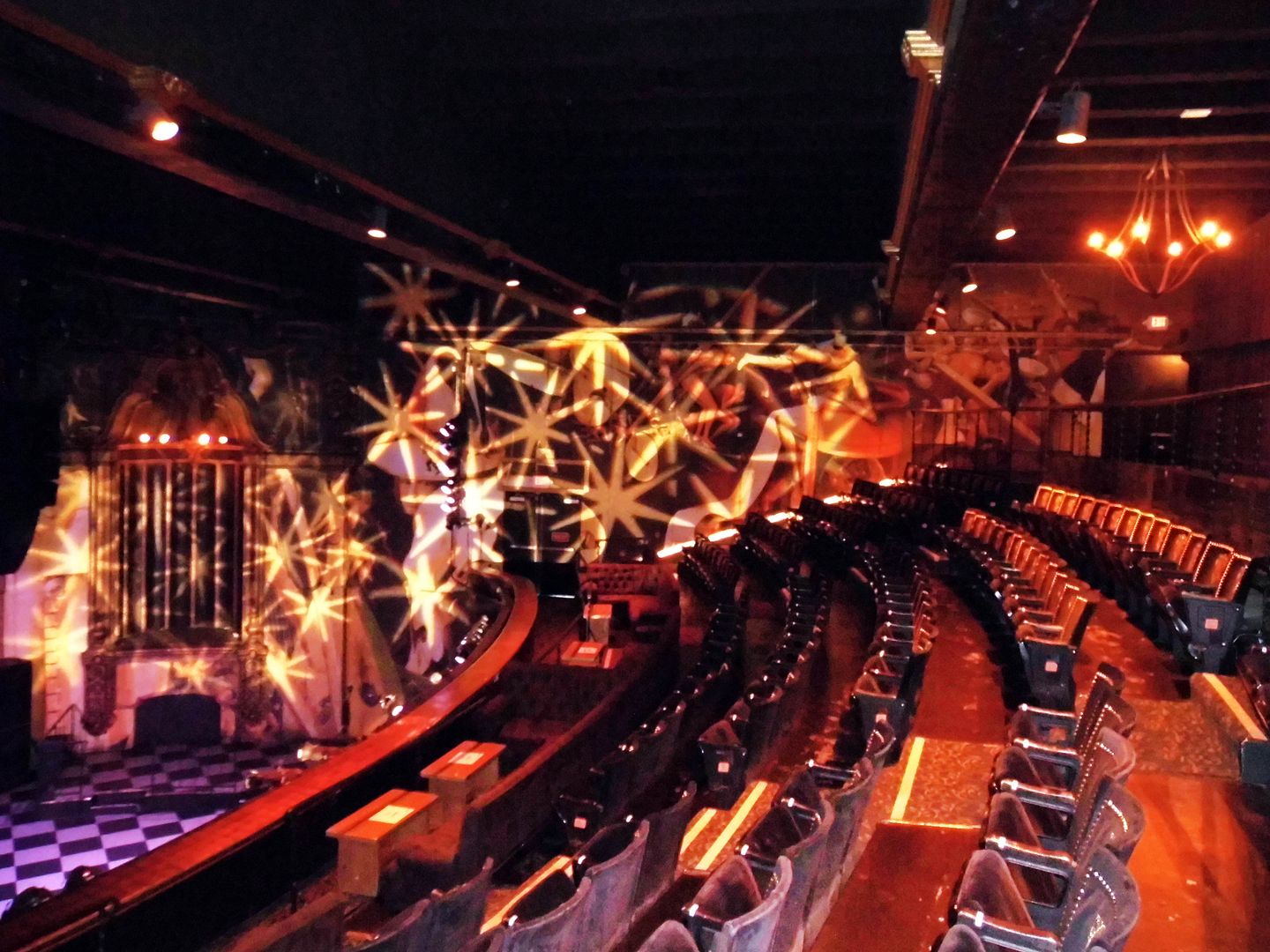
The Hieronymus Bosch-inspired wall hangings will simultaneously delight and horrify until someone has the good sense to remove them.
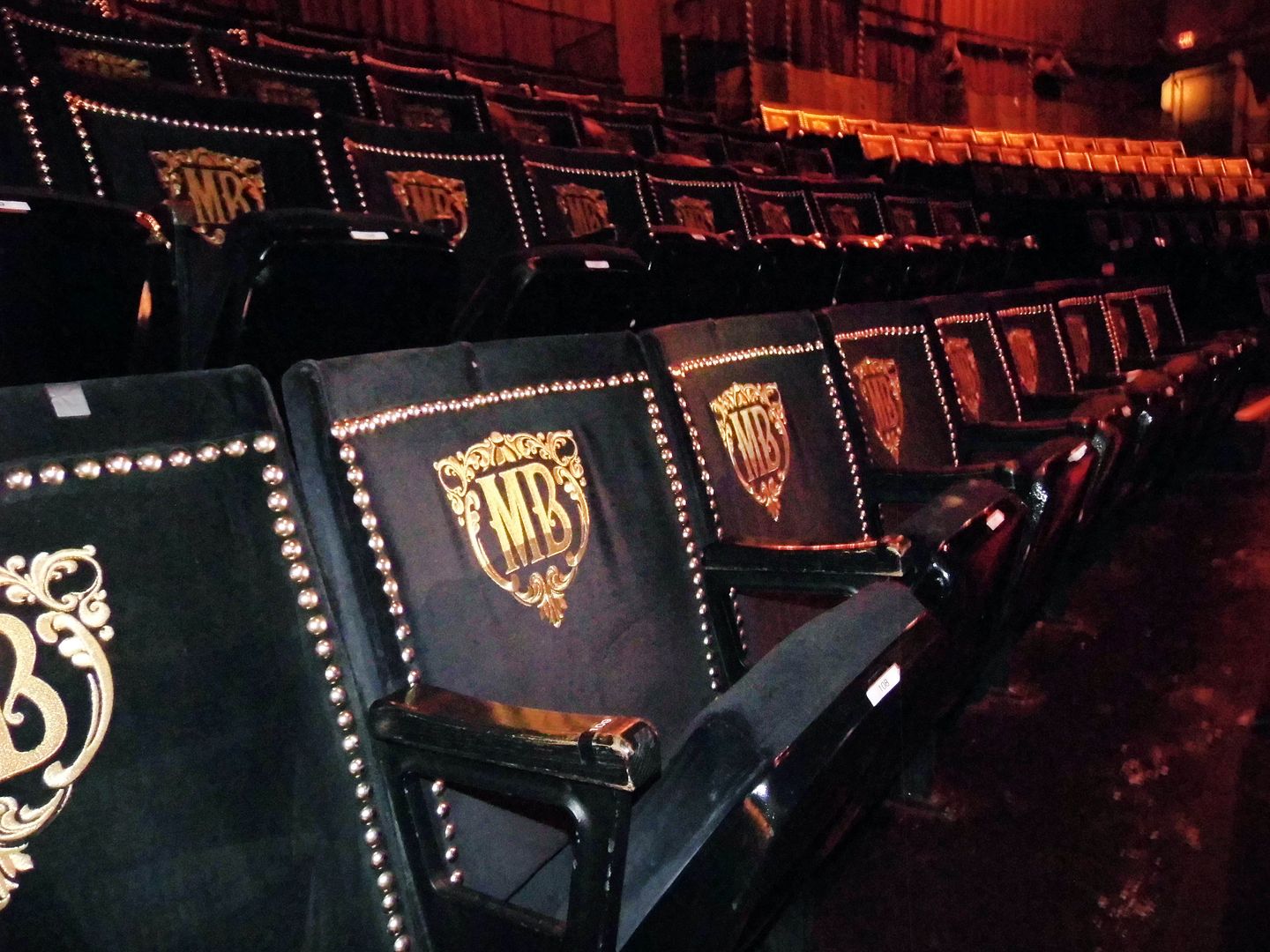
The embroidered balcony seats didn't even change in 2012, when the Music Box Theatre flipped back to the Fonda Theatre. No need to touch them now, with 22 stories and 252 feet of neighboring construction being added.
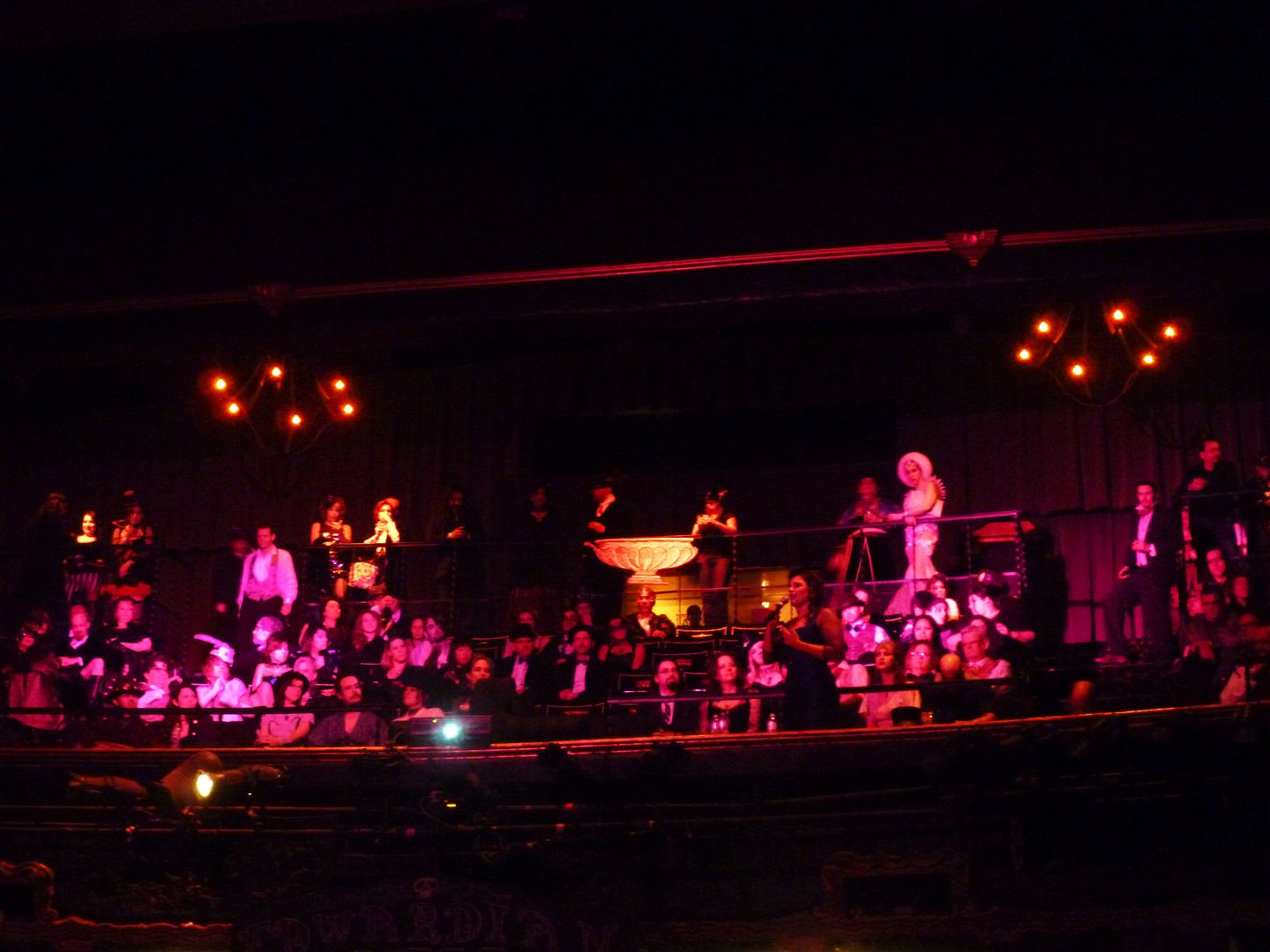
The Edwardian Ball, circa 2014
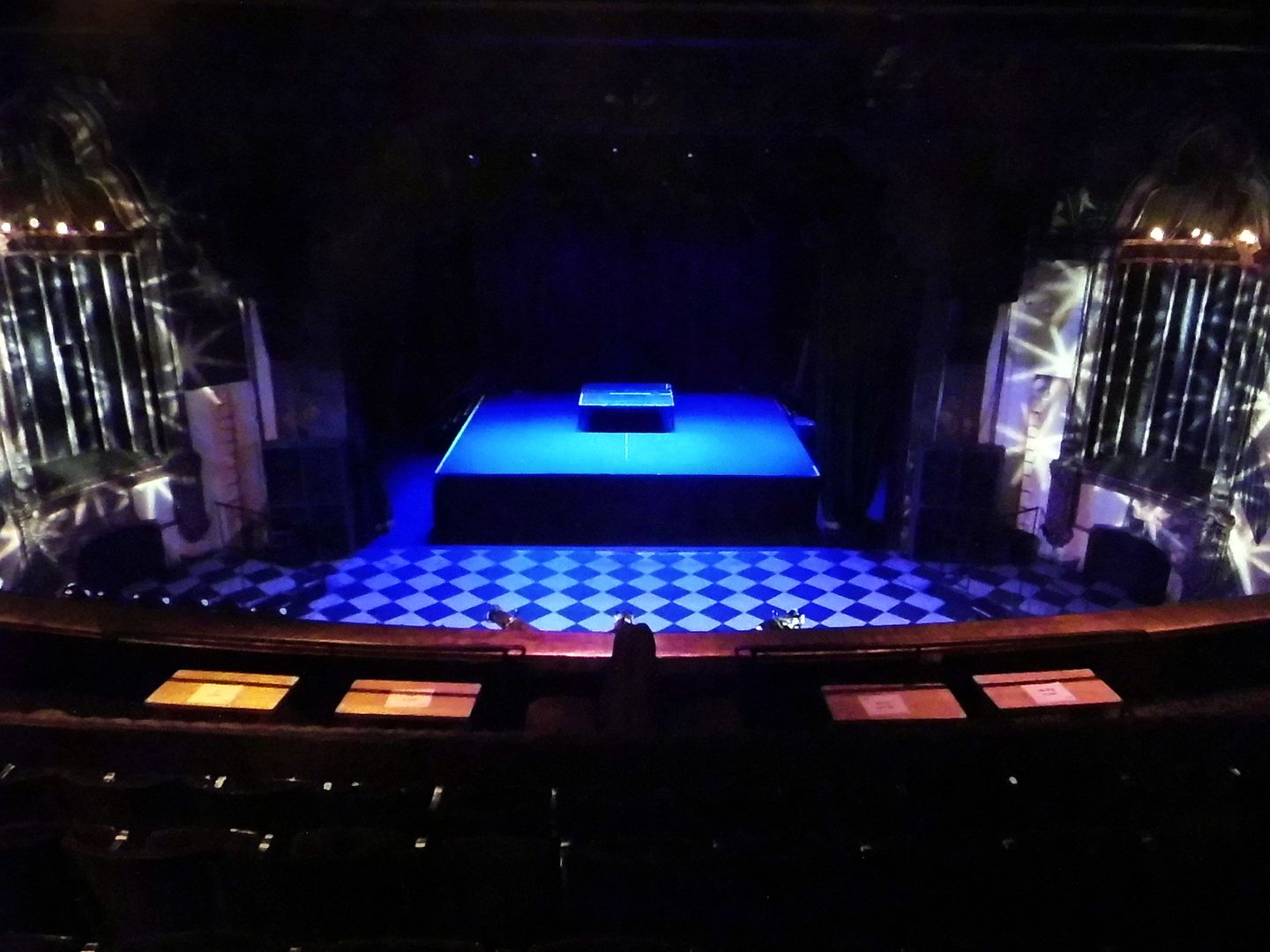
But some things will change for sure—development or no development. They always do.
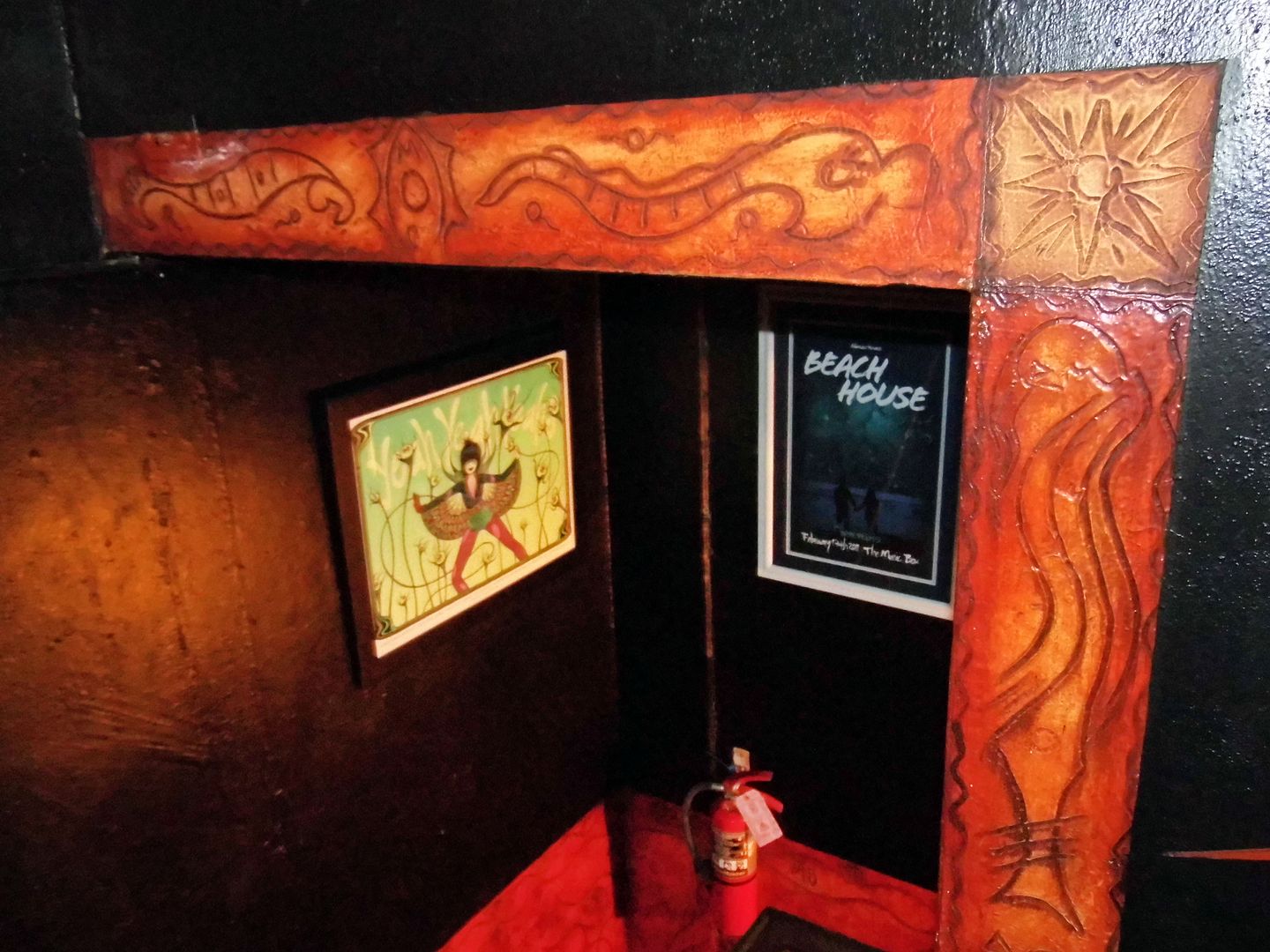
Film reels disappear from projection booths.
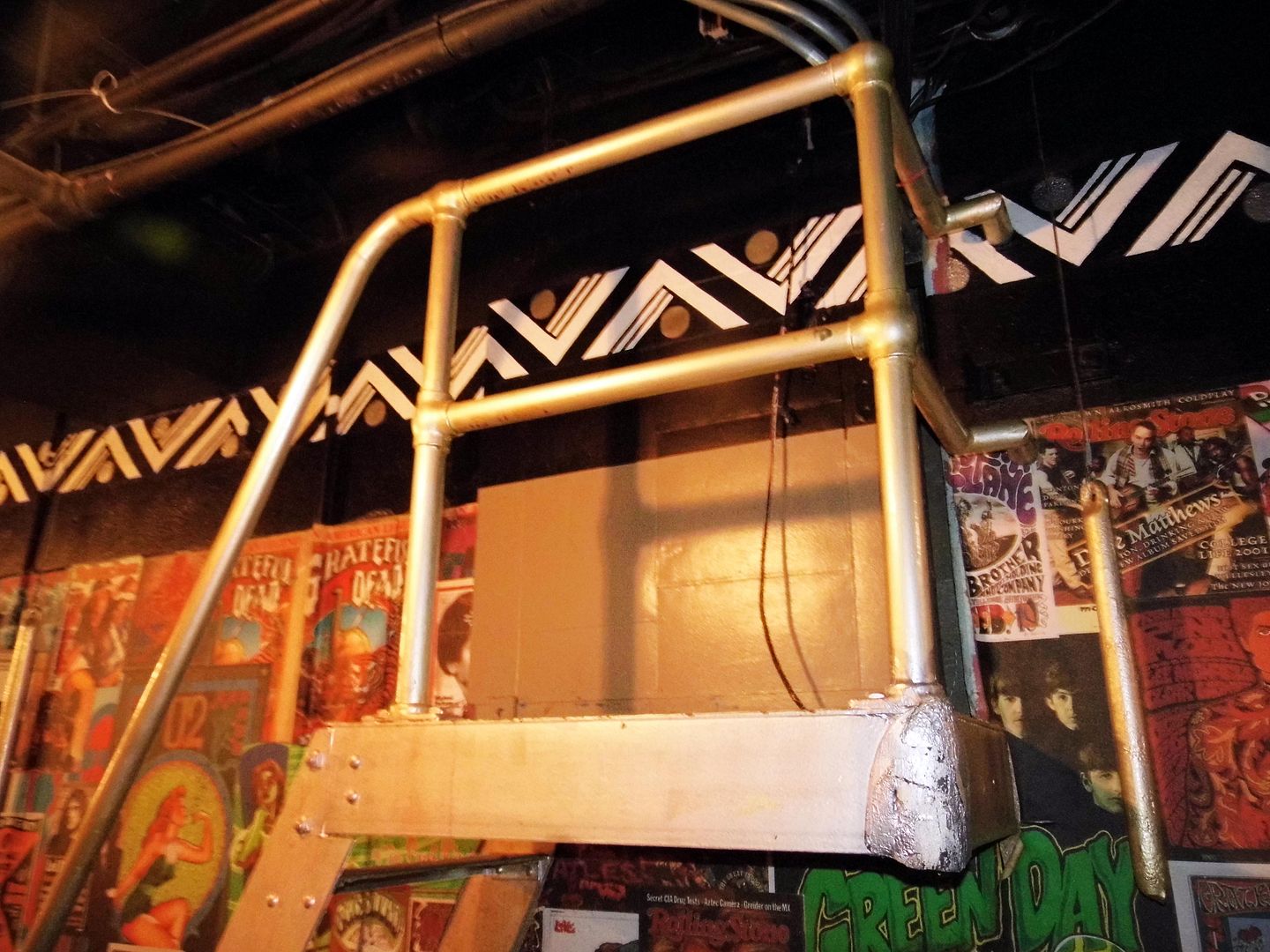
Orchestra pits get filled in and blocked off.
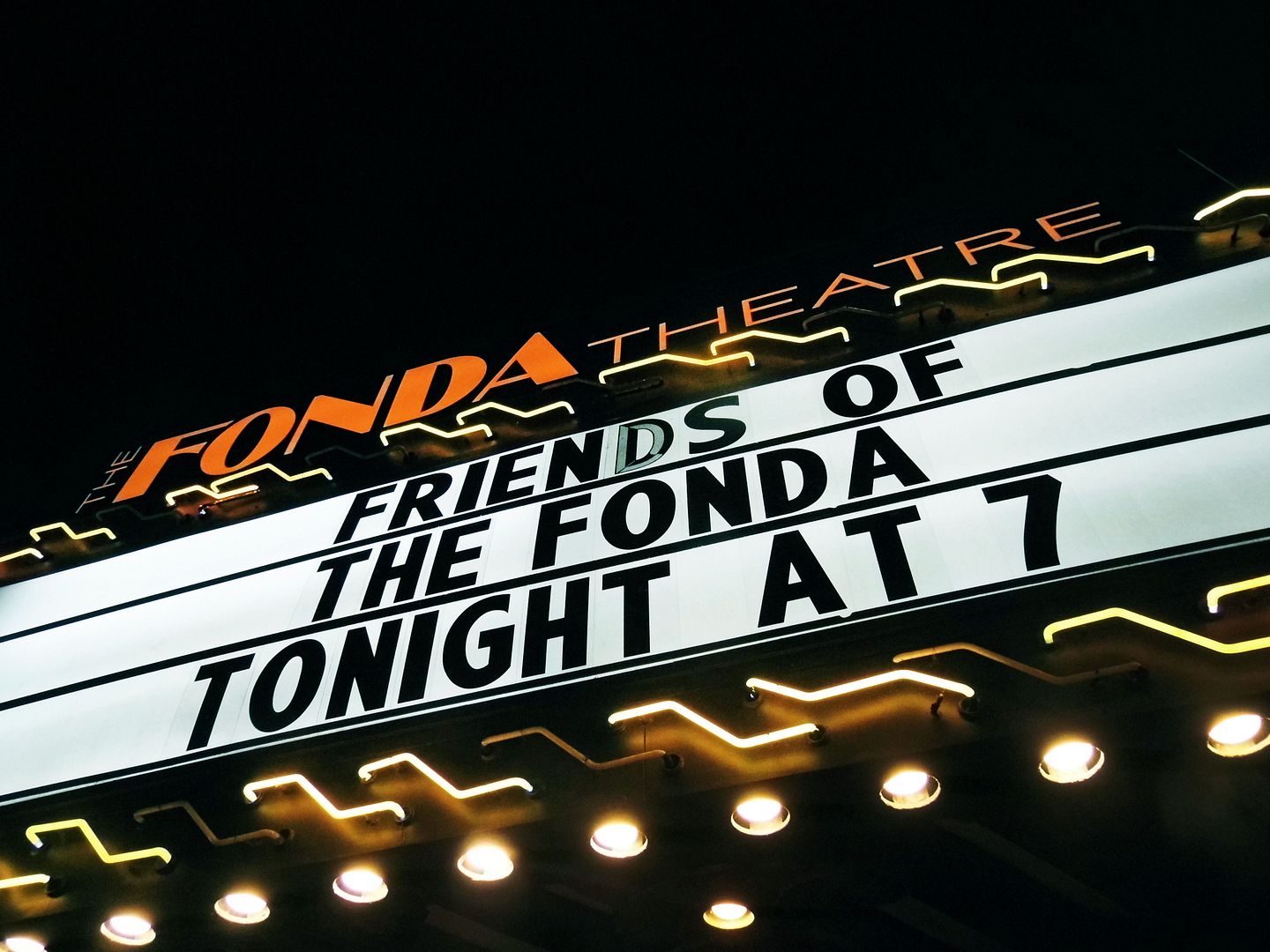
Theatre management was nervous about the new development really just for one reason: They needed a clear path through the alley behind the building, from N. El Centro Street to N. Gower Street, for trucks to load and unload rigging and gear for shows.
After appeals and petitions, the developer agreed to an easement that would allow Fonda-related delivery/loading traffic to pass through its above-ground parking structure.
It feels like a crisis was averted—and maybe one was.
But was it the only potential crisis that presented itself to this particular historic structure?
The Music Box/Fonda/Pix/Music Box/Fonda was deemed eligible for the National Register years ago—but it's not (yet) landmarked.
It's still vulnerable.
Historians will point out that the parcel directly east of the Fonda Theatre wasn't always unbuilt—at some point between the 1960s and 1980s, the building that once housed the Hollywood Gun Shop was razed and, well, paved for a parking lot. (See historic photos here.)
The current plan is better than demolishing an extant structure.
But I kind of love all the parking in LA.
And I'm not sure I'm willing to witness LA turning into NYC.
Related Posts:
Photo Essay: The Globe Theatre (formerly Morosco), Under Construction
Photo Essay: The Wiltern Theatre, Public Areas
Mexican Wrestling In a Mayan Porno Palace

Thank you for the informative photo and written narrative of one of the old theaters that I never got to visit.
ReplyDelete